Inside the Britannic Explorer
Inside the Britannic Explorer
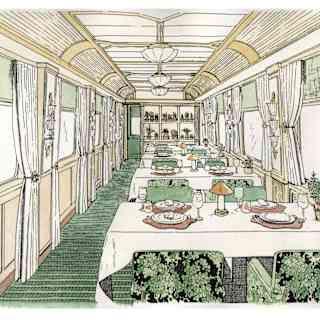
As our new luxury sleeper train, the Britannic Explorer, joins the rails of England and Wales in summer 2025, Wallpaper* design director Hugo Macdonald meets the brains behind the uniquely British interiors.
From the Lake District to the peaks of Snowdonia, the Yorkshire Dales to the Chilterns, the Pembrokeshire coast to the craggy shorelines of Cornwall, the British Isles are blessed with countless wild places, coastal enclaves and storied settlements. These landscapes have inspired travellers for millennia – they are the heart of British soul and psyche.
So it makes perfect sense that Belmond’s latest luxury train, the Britannic Explorer, should itself be made of the people and landscapes through which it travels. The design has been masterminded by design studio Albion Nord as more than a luxury interior; it is a showcase of the very craft and industry inspired by the routes through which it rolls.
“Our brief with the design of the Britannic Explorer was to celebrate Britishness,” says Rebecca Floyd, Associate at Albion Nord. “This is a quintessentially British experience, and so we leant heavily on the tropes that signify British culture, from the majesty and comfort of stately homes to the ethereal beauty and textures that make up our landscapes. It’s a melting pot of romance and refinement, combining the excitement of escapism with the grounding qualities of exceptional craftsmanship.”
The team at Albion Nord partly took their design cues from the idea of Britain being where the study of botany began. A botanical thread weaves throughout the train interior: the Grand Suites are named after the botanicals from which their colour palettes are derived; the dining car was conceived as a potting shed, where botanicals take seed and grow, reflecting the wealth of seasonal ingredients used in the restaurant; the bar is combined with an observatory and references an apothecary, making use of the alchemical qualities of botanicals for its drinks menu; meanwhile, the spa carriage captures the healing properties of marine botanicals, both in the elemental atmosphere and the treatments on offer.
“The train routes are about escapism from the city into some of our wilder landscapes,” Albion Nord director Ben Johnson says. “It felt important that the design captured this sense of adventure and discovery where possible.” Wooden joinery and upholstery in colours that reflect the skies and landscapes set the tone for an interior that blends a country house character with the countryside beyond. Floyd describes the use of bespoke fitted carpets from Ulster to appear more like rugs, and draped fabrics from Pierre Frey and Robena to achieve the textile-rich eccentricity of a heritage home. Pattern and print bring an air of whimsy – artist Luke Edward Hall has been commissioned to develop a bespoke illustration with Rubelli textiles, which upholster the headboards in the guest suites, lending an otherworldly charm.
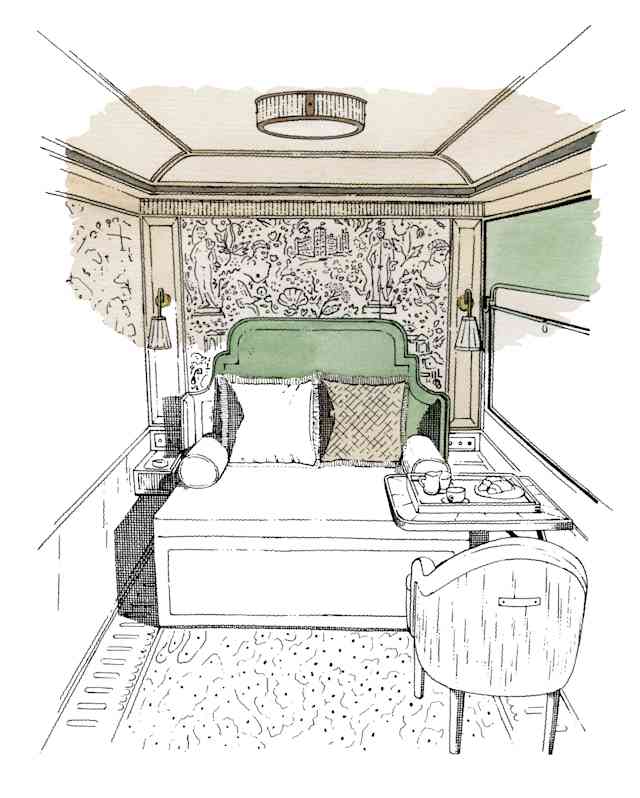
Artist Mel Campion worked at Vanity Fair in her twenties before following the call of the sea and taking up the 17th-century practice of shell work. Her shell-encrusted mirrors for Britannic Explorer bring a briny, grotto-like feeling to the powder rooms on board. “Shells are sublime creations in their own right,” Campion explains: “There is a childlike sense of wonder in shells – they transport us instantly to beaches and seaside memories, with an almost spiritual quality. I like to work by the sea in my home on Holy Island off Anglesey, itself an island off the north Welsh coast. The soul and energy of the tides reside in the shell works, capturing the magic of the sea in an indoor setting.”
Campion refers to the natural textures of the shells in her framed mirrors as having an enlivening quality, playing with light and shadow as the train moves through the landscape and along the coast. It’s a subtle detail that might not be noticed in and of itself, but it’s an effect that is repeated in the multitude of material layers and details that make up the train interior. This is the power of craft, where textures – hammered, moulded, carved, hewn, embroidered, printed – combine to create a luxury train travel experience with tactile intrigue, bearing the hand of the maker and the imprint of their soul. It is the opposite of the efficient, industrial, municipal, value-engineered sterility that tends to dictate too many rail travel interiors. And it is a hallmark of Belmond’s genuine commitment to quality and cultural patronage.
This is most explicit in the extensive collection of artwork onboard the Britannic Explorer. Curated by Studio Graphite, the approach has been to commission emerging artists whose work echoes and responds to nature. In the restaurant car, Cornish artist Adam Halls’ stitched textiles appear like large-scale compositions of lichen and algae. In the Grand Suite, Marcus James’ multicoloured pen drawings mirror mountainous regions with an abstracting intricacy, while Sarah Woods’ desaturated beach scenes in oil set a soothing scene in the spa.
The artwork of Olly Fathers features in three carriages, each a graphic composition made from different wood veneers that resemble mid-century marquetry. Fathers is inspired by movement in his work: “Trains have always been a big interest for me, so the commission for the Britannic Explorer was a very exciting opportunity,” he explains. “I’ve used some beautiful species of woods for these works, each with their own character: sycamore with an almost ripple effect; burr elm; some with a velvety patina. They change as you move past them. I hope they will draw people in to look a little more closely.”
Artworks hang on wood-panelled walls throughout the luxury train, much as they would be presented in the home of a keen collector with a love for texture and a passion for the countryside. Indeed, for all that the interiors on board are sumptuous and magnificent, their overall effect is to connect guests to the landscapes beyond.
“We asked ourselves how we might embed the cultural and artistic traditions, materials and practices born from these landscapes within the design at every level,” explains Floyd. “In effect, these landscapes are the ever-changing wallpaper of the journey, so it is only fitting that the train interior becomes a showcase of all the beauty and skills we have in our hands and lands.” Such integration makes for an experience of extraordinary integrity, too.
Delve deeper into
You might also enjoy
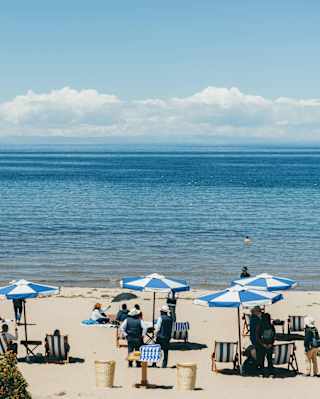
Hello From the World’s Highest Beach
Most beaches meet the sea, however, this one greets the sky. Stake your spot at Collata Beach on Lake Titicaca’s Taquile Island, where Belmond’s Andean Explorer is offering a rare trip to the shore at an altitude of nearly 4,000 metres.

Peru: An Odyssey Across a Time-Honoured Land
In this extract from “Peru: An Odyssey Across a Time-Honoured Land,” a new book published by Assouline in collaboration with Belmond, journalist Catherine Contreras reveals a Peru travel guide, inviting readers to explore one of the planet’s most captivating destinations and showcasing the beauty of the locations where Belmond’s hotels and trains are found throughout Peru.
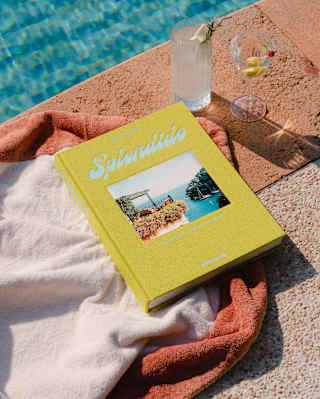
Splendido: The Radiant Stage of Portofino
For the new Belmond Assouline travel book, British journalist Matthew Bell dives into the history of Splendido to tell us the tales of the gem of the Italian Riviera. The hotel, which has entered a new chapter on the radiant stage of Portofino after a painstaking renovation, transforms into a mythical legend in the new Assouline travel book – discover an excerpt from the guide and read about the secret stories behind the iconic destination.
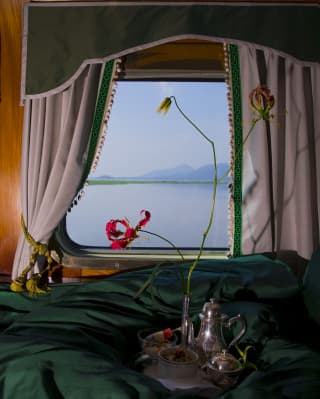
Go with the Slow: The Rise of Train Travel
Belmond continues to shape the future of luxury train travel, marked this year by the arrival of the Britannic Explorer, the first train of its kind in England and Wales. Monisha Rajesh – author of four travel books including ‘Moonlight Express: Around the World by Night Train’ – discovers why slow travel is having a resurgence.
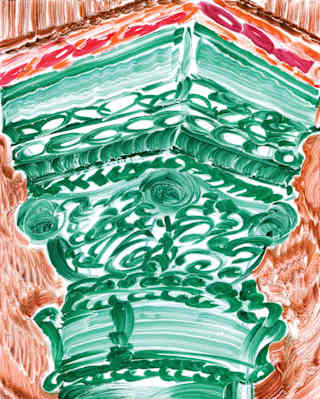
Quite the Site: Luxury Travel to UNESCO World Wonders
As proud custodians of historic properties near cultural and natural wonders, Belmond’s hotels and trains are the perfect choice for travellers with a historical hankering. Whether you’re marvelling at the ingenuity of the ancient Romans in Britain or the wonders of the Mayas in Mexico, our properties are your gateway to the past.
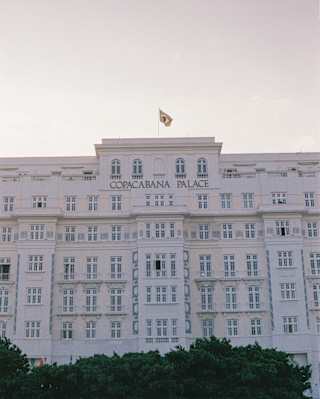
Belmond Legends: Copacabana Palace
Welcome to Copa, the legendary stage for the most glamorous encounters and iconic revellers. This is the place where Rio entertains and enchants. The place where Rio starts.
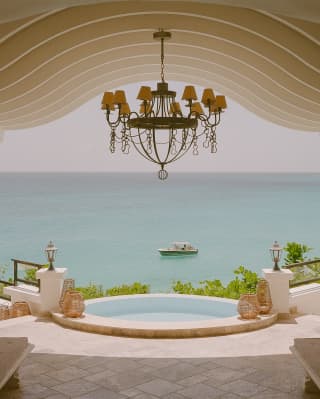
La Samanna: The Sanctuary of St. Martin
Perched above Baie Longue, La Samanna is a place where elegance and tranquillity mingle in perfect harmony. Step inside our legendary hotel, in the heart of Terres Basses.